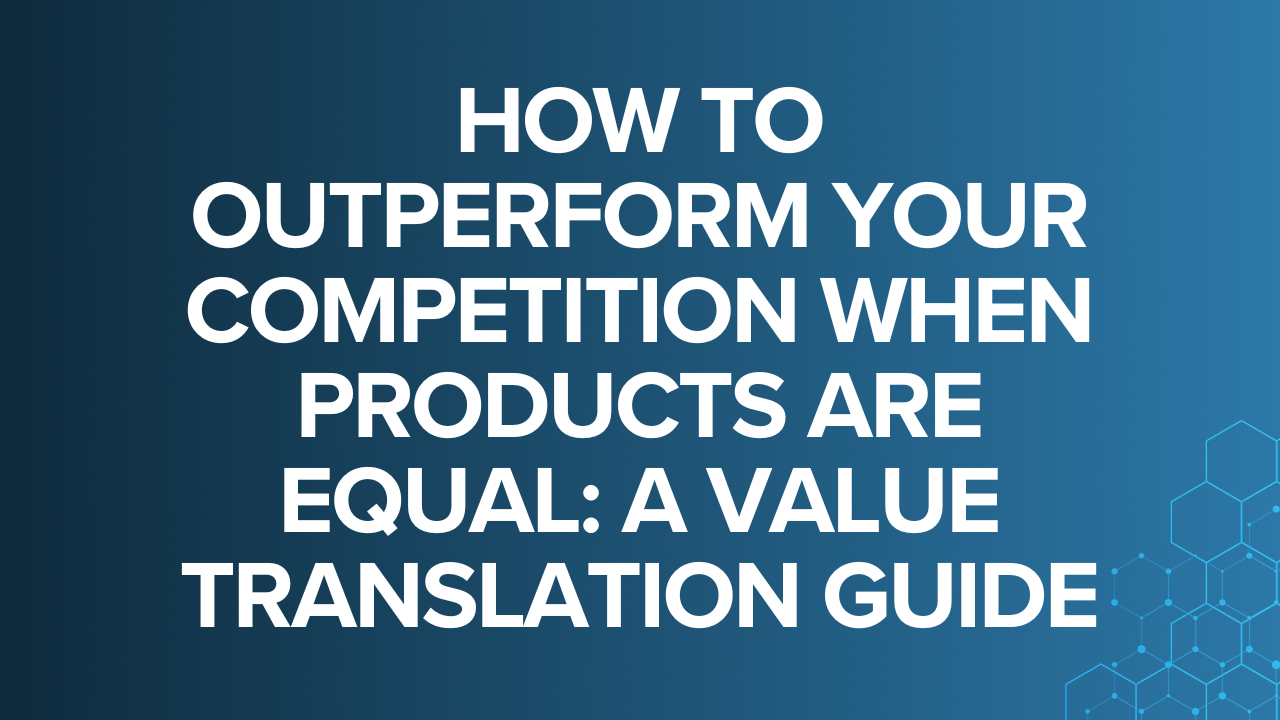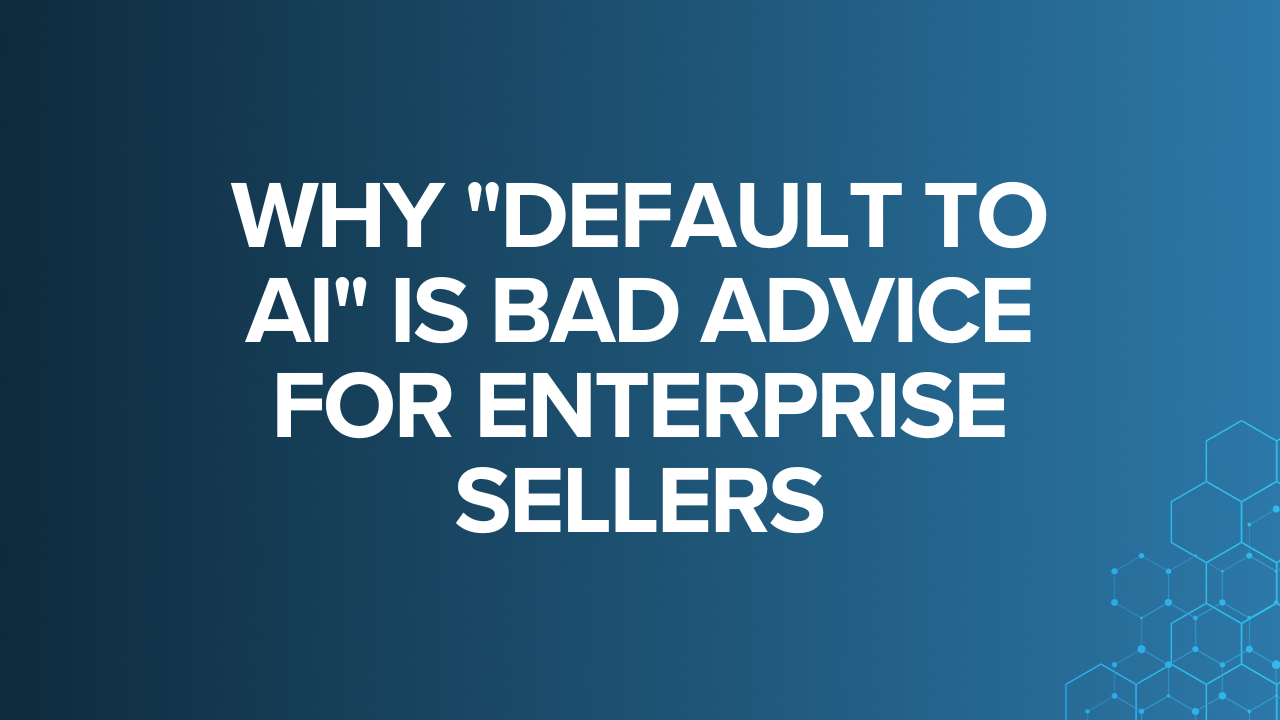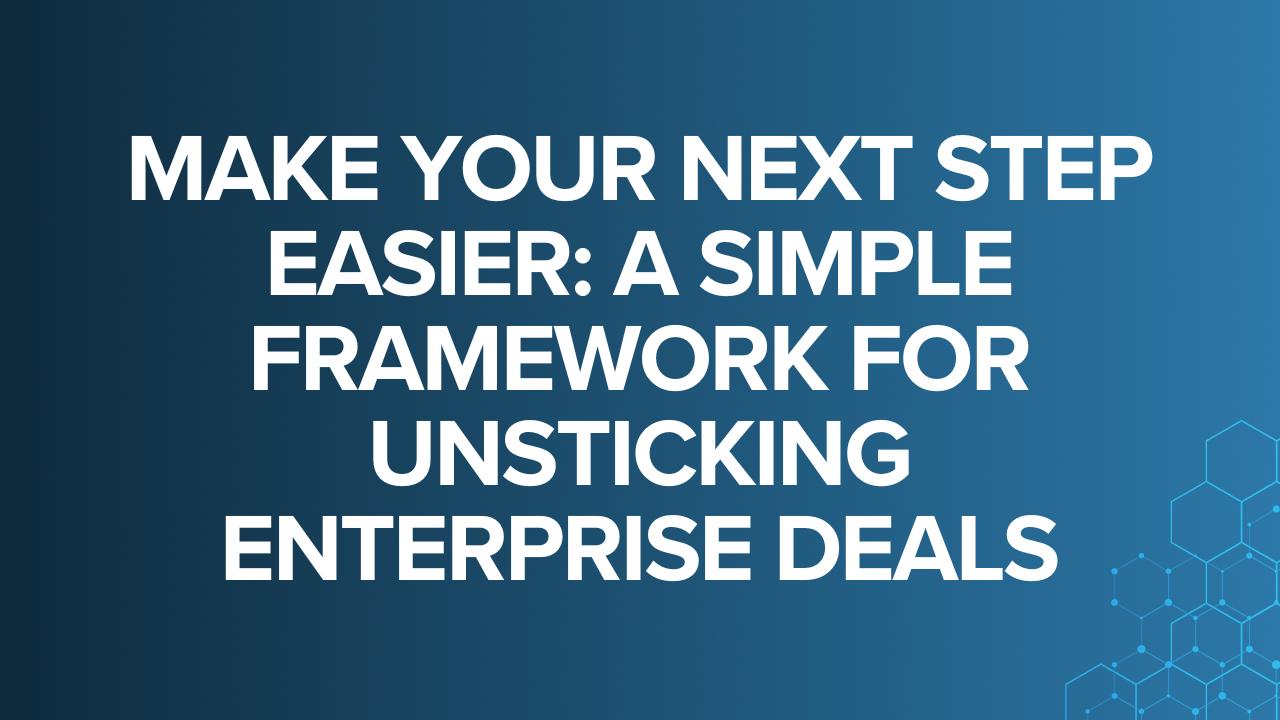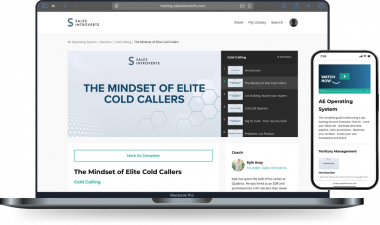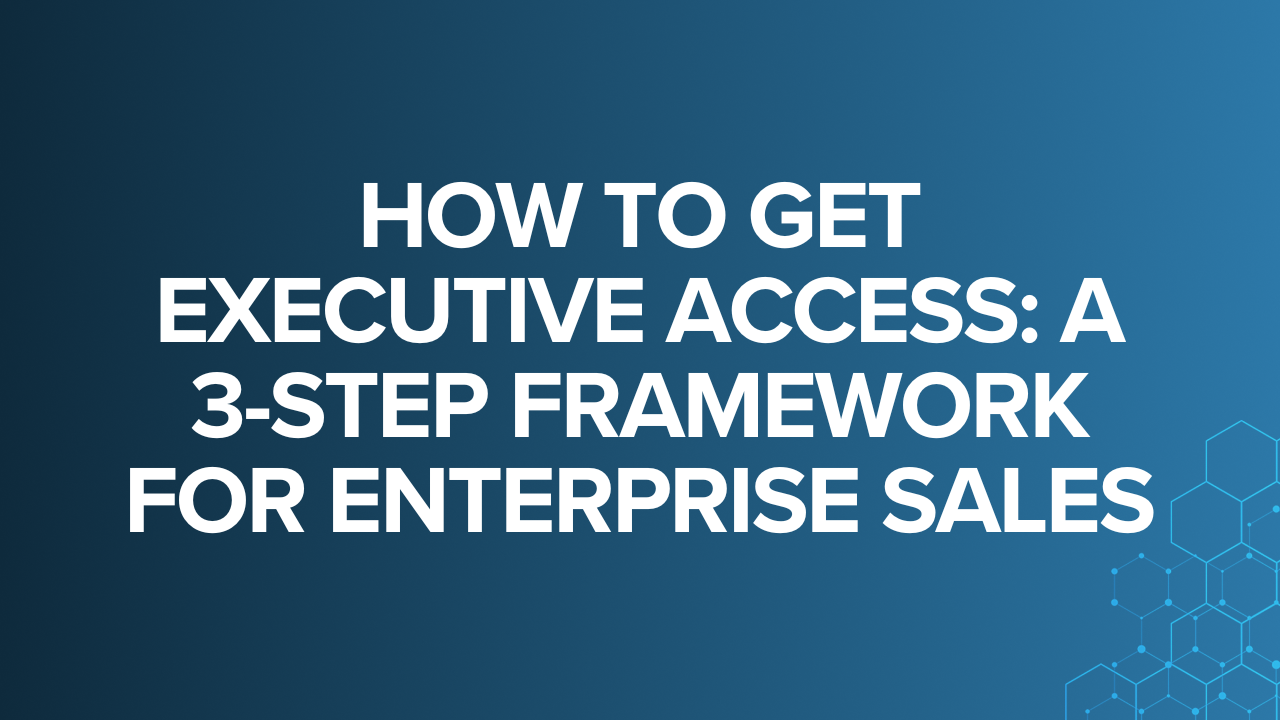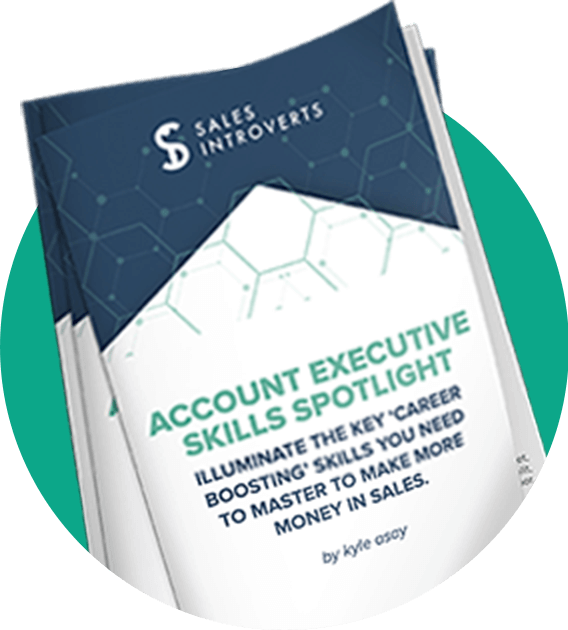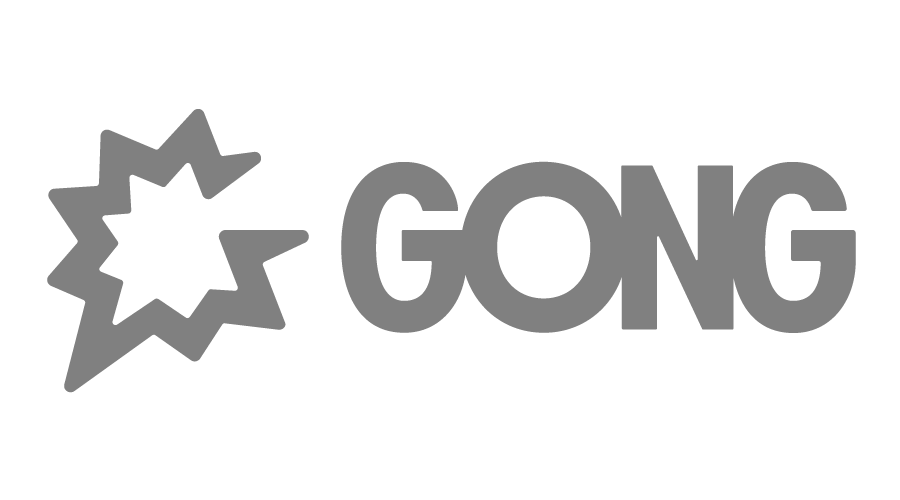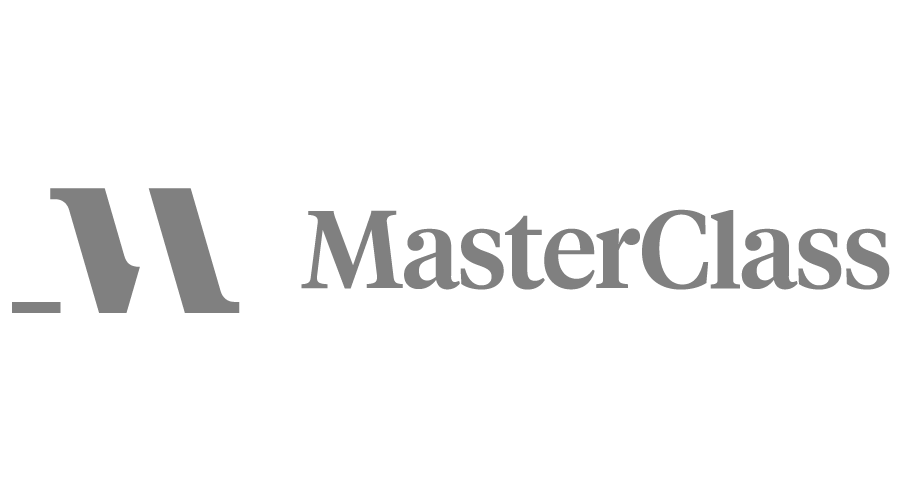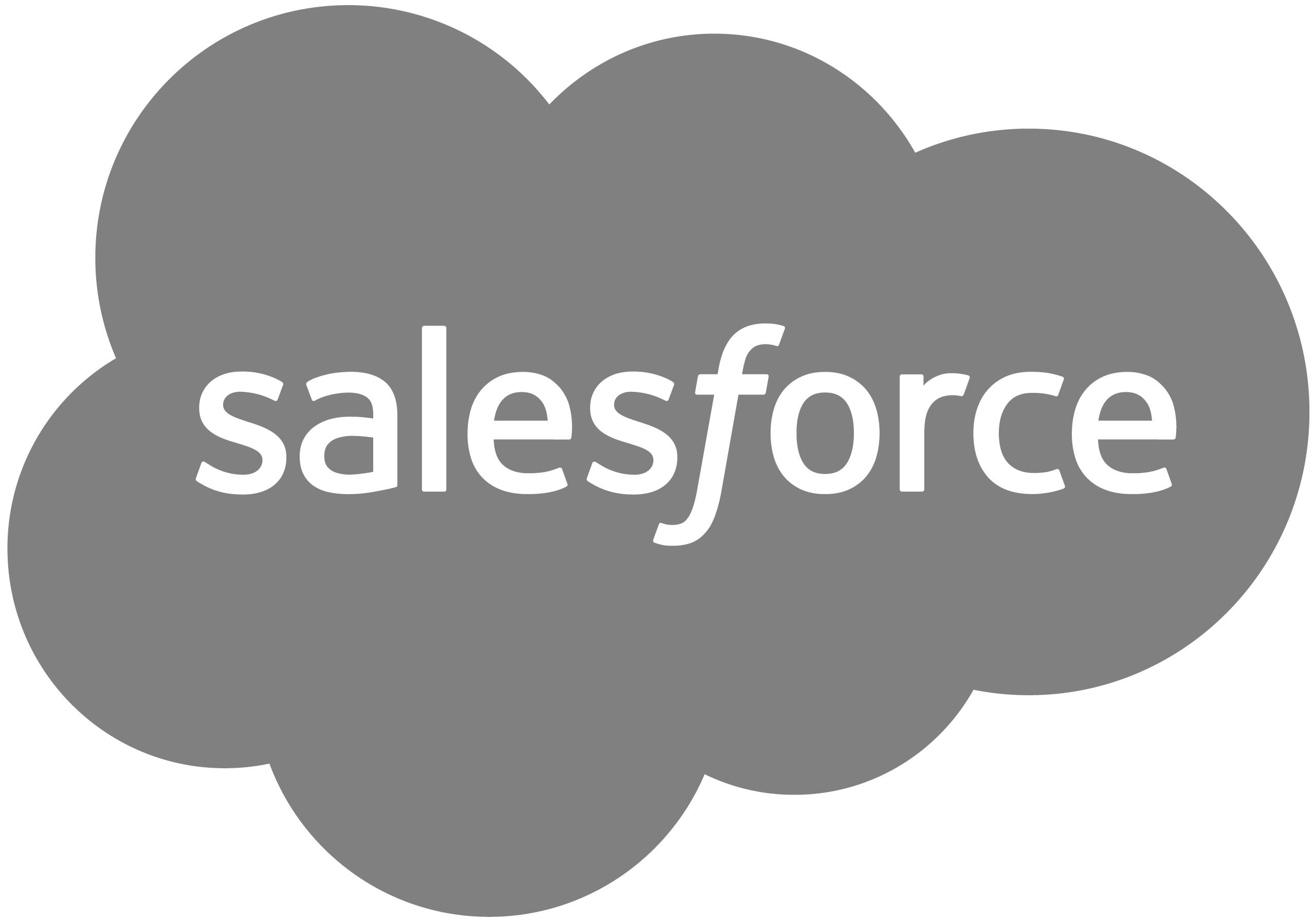Pipeline Generation Plans (PG Plans) either give you a foundation for your week that will make you effective, or will be a waste of time to build and turn into a pointless checklist.
Most reps do them wrong, or don’t build them at all.
I’ll give you:
- An effective structure for a PG plan
- A template you can build off of
- An AI prompt to complete it in seconds
Let’s dive in.
PG Plan Structure
Target Accounts: Your PG Plan should include 1-2 top target accounts if you are in enterprise, 3-5 if in mid-market, and 5-15 if in SMB.
Target Prospects: You should have 3-15 prospects identified for each account (fewer per account for SMB, more per account for MM/ENT) I like to break them out as above-the-line (directors, VPs, C-Level) and below-the-line (managers, ICs) but it’s not required.
Pains/problems: What challenges is the company facing today that you can help solve?
Initial value hypothesis: How do you think your product can add value/solve the problems you identified?
Relevant Customer Story: When you start prospecting into the account, you’ll want to be ready to share great customer stories that are relevant to the account. Including this in your PG plan makes sure you are ready for these conversations.
Key Goal for the Week: Most important outcome you need to accomplish in the account this week.
A quick note on key goals:
Most reps think the key goal is always going to be “set a meeting in the account.” But that’s actually shortsighted, especially when targeting valuable accounts that are harder to break into.
Some of the best PG plans I see keep the same account on the list for several weeks in a row. The key goal for week one might be “learn what they are using for feature management by cold calling engineers.”
The next week might be “learn what goals/metrics the engineering team is measured on by cold calling managers.”
Then, once we’ve learned 1) what the competitive solution is and 2) what their main goals are then we have a strong enough understanding of the account for our key goal to be “set a meeting with a director+ contact by using the information learned in prior weeks.”
Here’s a template you can build your plan off of that hits these key elements (just make a copy): Weekly PG Plan
You could take a few hours building this out each week. Or, you could use AI and complete it much faster.
I built out a VERY effective prompt to help you automate this. Caveat – it performs best using OpenAI’s o3 model on ChatGPT, part of the pro plan. You can use other models (including free), the main downside I saw when testing is those models were more likely to hallucinate and give bad prospect names/titles.
The prompt is long, but high quality input = high quality output). You can copy/paste this – all you need to adjust is add your company name and your target account name in the first two rows.
Prompt:
You are a senior enterprise-SaaS seller and market researcher. My company: [INSERT COMPANY NAME]
Target account: [INSERT ACCOUNT NAME]
TASKS
1. Top 3 Pains / Problems the account is likely feeling today that my solution can solve. • Use public signals (recent news, earnings calls, hiring trends, tech stack hints, etc.). • Phrase each pain in the customer’s language, include at least one metric or cost-of-inaction estimate.
2. Initial Value Hypothesis – a single sentence that links one pain to a quantified outcome my product delivers. • Format: “If [ACCOUNT NAME] used [YOUR COMPANY NAME], they could ↓/↑ by X % or $ within Y months.”
3. **Relevant Customer Story** – one real or anonymized logo similar in size / industry. • Give a short set-up (their before state), the action (how they used the product), and the *after* metric. • Keep it < 60 words; reference public numbers where possible.
4. **Target Prospects** – 10-15 people worth multi-threading. • potential buyers at the account that care about the problems we solve • Pull names + current titles from public sources (LinkedIn, press releases, org-chart articles). • Tag each with Buying Role (Economic / Technical / Champion / Influencer) and one line on why they matter. • If a name is unavailable, infer the *likely* title (e.g., “VP Engineering (name not public)”) and flag the assumption.
OUTPUT FORMAT Pains / Problems 1… 2… 3… Initial Value Hypothesis … Relevant Customer Story … RULES • If data is scarce, make best-fit inferences *and* flag any assumptions. • Ask clarifying questions only if absolutely needed; otherwise proceed. • Keep total length under 250 words.
Here’s the output I get when I run this for LaunchDarkly and Clari:
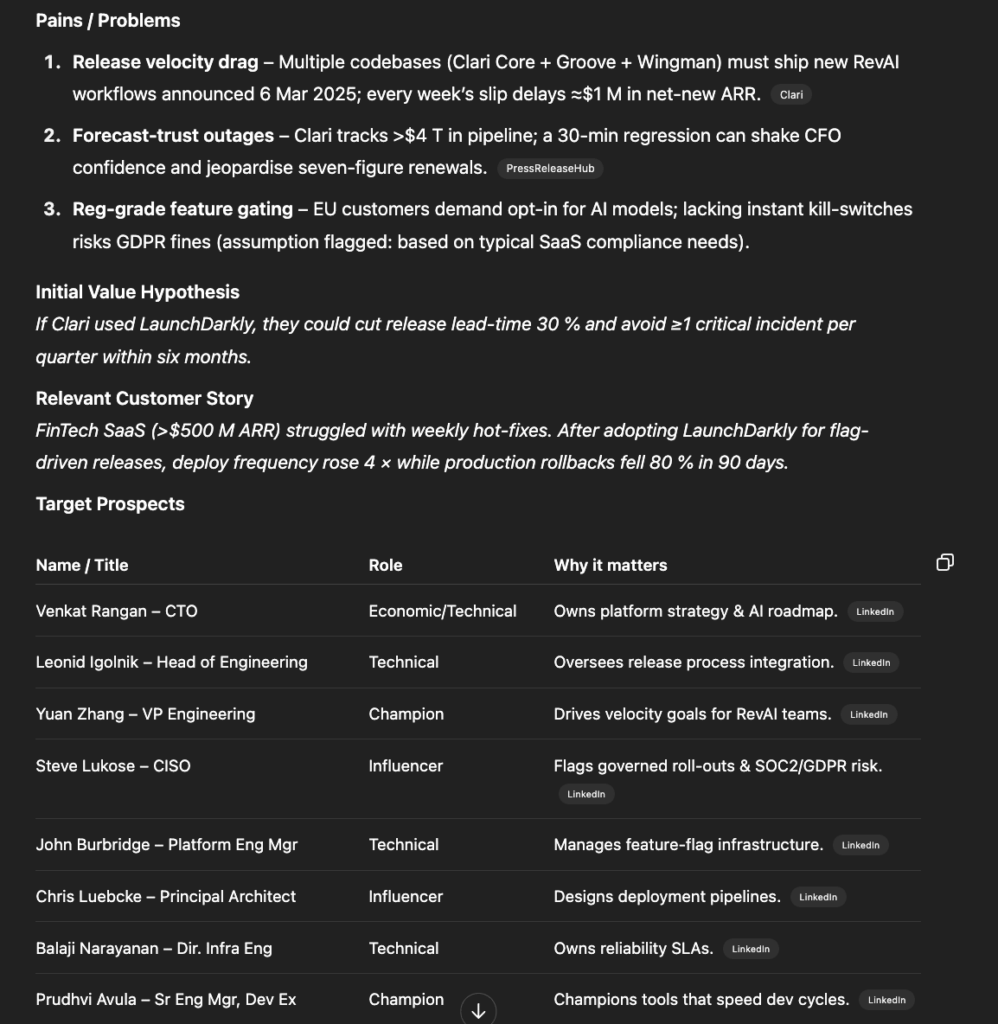
Pretty cool.
Kyle



